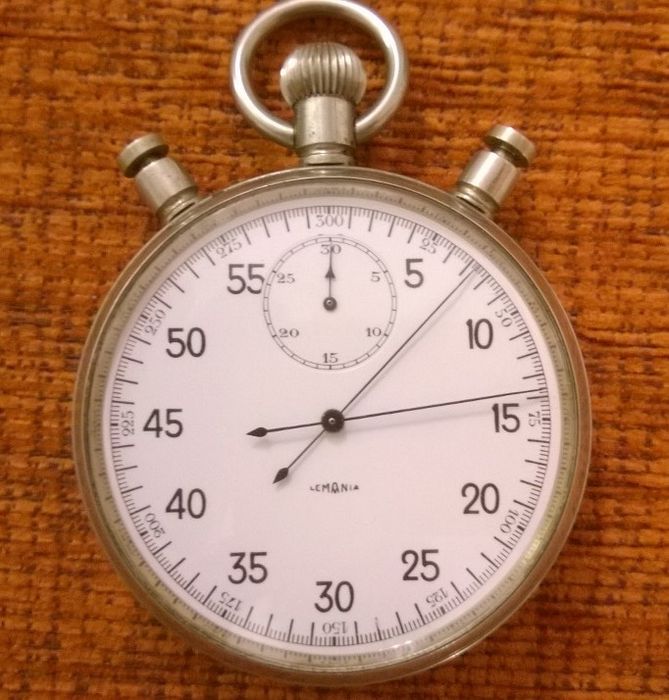I have no idea how this unwritten law of Silent Film sub-titling came to be, how it was determined or codified. And yet, the screen-time duration of any given “intertitle” appears to be pretty consistent from the late-‘aughts through the end of the silent era, and even into early’30s talkies that still included the occasional sub-title.
There may be an unwritten rule-of-thumb, ubiquitous, of a number of feet of film or of seconds onscreen per word, that everyone just knew and adhered to. But the timing of sentence length and the number of seconds does not waver during the 1910s and 1920s.
I’ve remade or created new intertitles for digital editions of many silent films, and have an internal metronome that seems to kick in for knowing when to cut away from the title and back to the engine. I’ve even checked it against actually measuring the duration of existing titles. It doesn’t quite fit the timing of the adage “you have to be able to read it through twice”. Close, but not quite.
A short we’re running on the Silent Comedy Watch Party this Sunday (Feb 21, episode 46) survives in a 16mm print with “flash titles”. Meaning that only one or two frames of each title are all that exist. This is the way many silents survive. In extending the flash titles to proper length, I found myself looking at the text and reading it and just knowing whether this was a 3-second title, or 4 or 5. I created the freeze frame for the length I’ figured it’d be, and then played the film back from the shot preceding the title and it felt right.
Several years ago I was hired to score a silent feature for DVD, one that had been recently restored. When I watched the screener I’d been sent, the film seemed to drag, and unnecessarily so. I couldn’t put my finger on it at first, but eventually realized that all of the title cards were held onscreen a few seconds too long. It turned out that the titles had been newly-made, working from flash titles or one that only survived in too-short lengths. I mentioned this to my contact at the home video outfit, who took another look at the film and agreed…and went to the trouble to go through the film and adjust the duration on all the titles. The film flowed a lot better now.
Did film editors in the 1910s have this gut metronome ticking away? Was there a printed sheet on the wall in editing rooms with a chart for this?
The rhythm of the cut-in sub-titles and their duration on screen is part of the flow of images and information we take in and process with Silent Film. It may have been so commonplace and done so often with the production and release of the hundreds of films that came out every month that it just became innate for the folks (mainly women, BTW) in the cutting rooms everywhere.
The first post in this series is here.
The previous post (#23) to this one is here.
The next post (#25) is here.

Another facet I never gave any thought to. I’m so glad you’re expounding on all the slivers that go into silent film viewing.